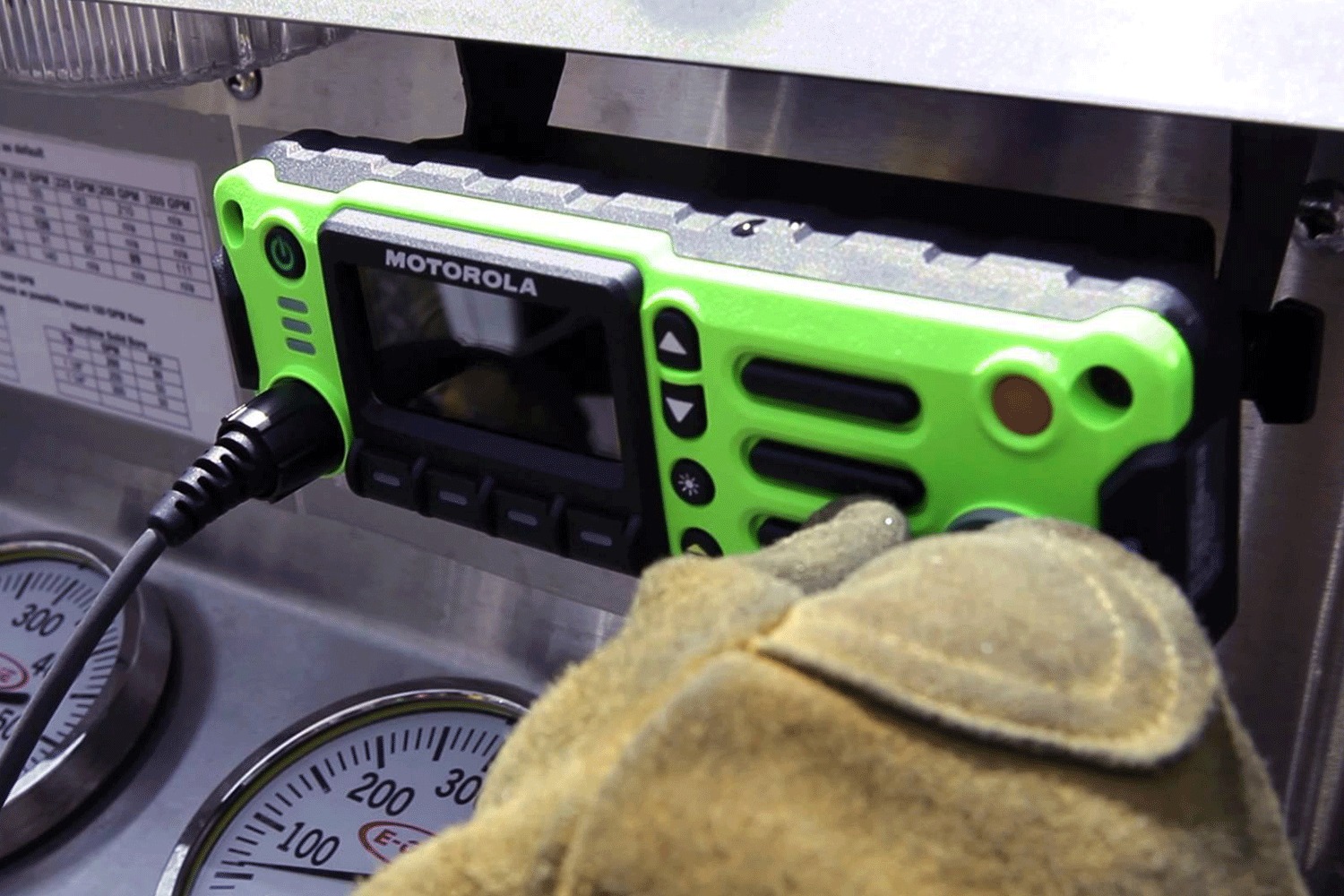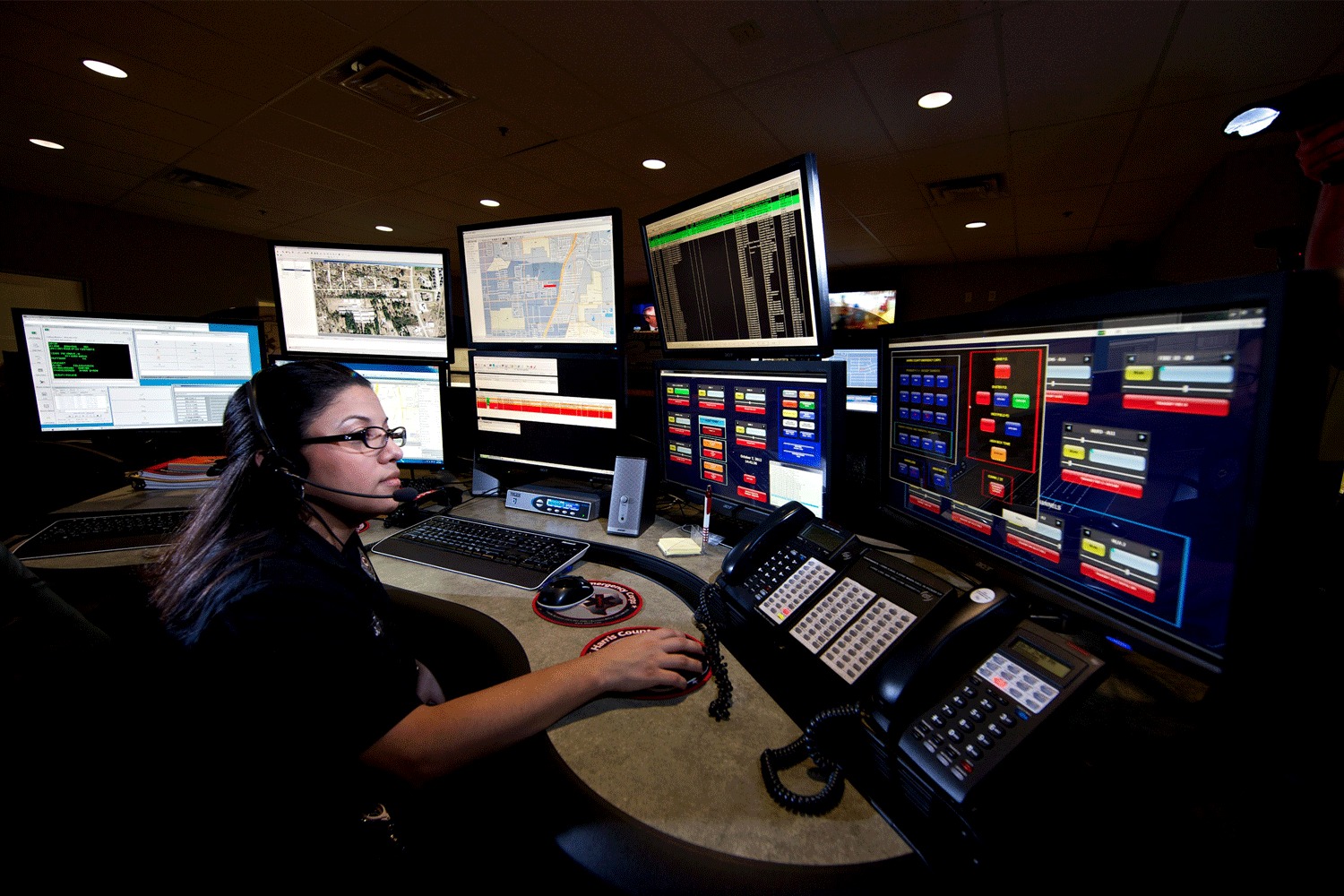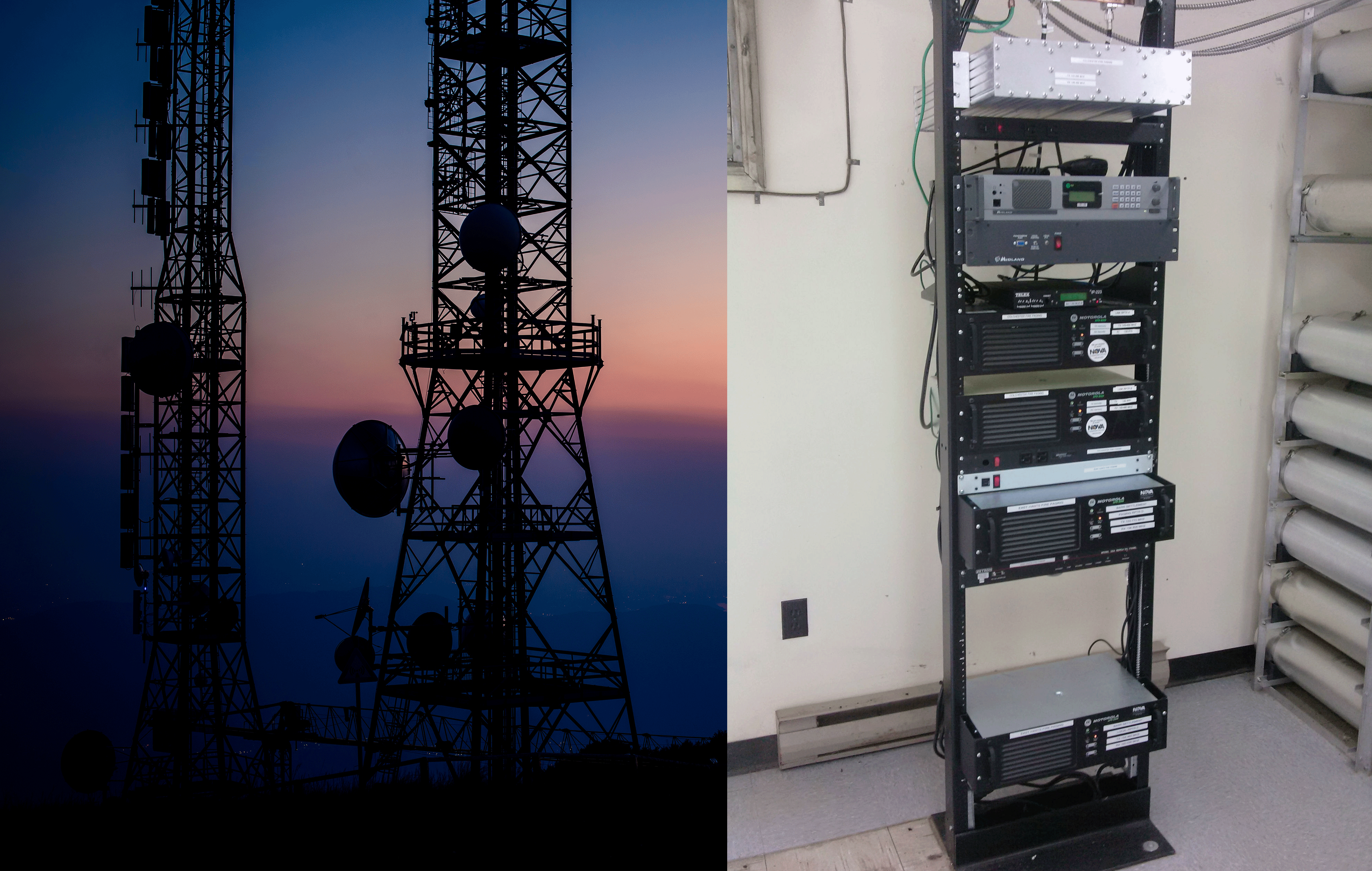Intro to Two-Way Radio
BDA Fundamentals
Codes & Regulations
Sales
Product Information
Design Process
Installation and Deployment
Service & Maintenance
Components of Radio Systems
You are here: Main > Intro to Two-Way Radio > Components of Radio Systems
Portable Radios
Portable radios are carried by emergency responders and are also known as handheld radios or walkie-talkies. They come in 3 frequency band versions: VHF, UHF and 700/800 MHz.
Portable radios have a volume control knob, a PTT (push-to-talk) button and a channel selector. Specific frequency channels are programmed into portable radios by using configuration software and a programming cable.
Typically, public safety radios have 1000+ channel capacity. Transmit RF power is between 2.5W and 5W. Portable radios with calibrated RSSI indication can be used for signal surveys.

Mobile Radios
Mobile radios are permanently installed in vehicles. They have higher power (25W-50W) and higher range than portable radios.

Repeaters
-
Radio repeaters act as a relay radio signal to improve radio system range. A repeater receives a radio signal and broadcasts the signal with higher power (50W to over 300W) — similar to how a cell site provides a stronger cellular signal to a cellular phone.
-
A repeater is basically a radio receiver combined with a powerful radio transmitter. All signals are received by the repeater and then rebroadcast with higher power.
-
Repeater systems that have multiple receivers are referred to as a "receiver voting system" or "satellite receiver" system.
-
Some repeater systems have multiple transmitters to cover a wider geographical area — this is called "simulcast system."
-
Some systems can have multiple repeater sites where users can seamlessly "roam" from one site to another. This is common with trunking systems on 700 and 800 MHz bands.
-
All repeated radio systems operate on "duplex frequency pairs" — one frequency for uplink to the repeater and another frequency as downlink from the repeater to all radio users.
Radio Dispatch Console
Radio dispatch consoles are used in 911 centers to connect radio dispatchers to the radio system, usually through a hard-wired connection.

